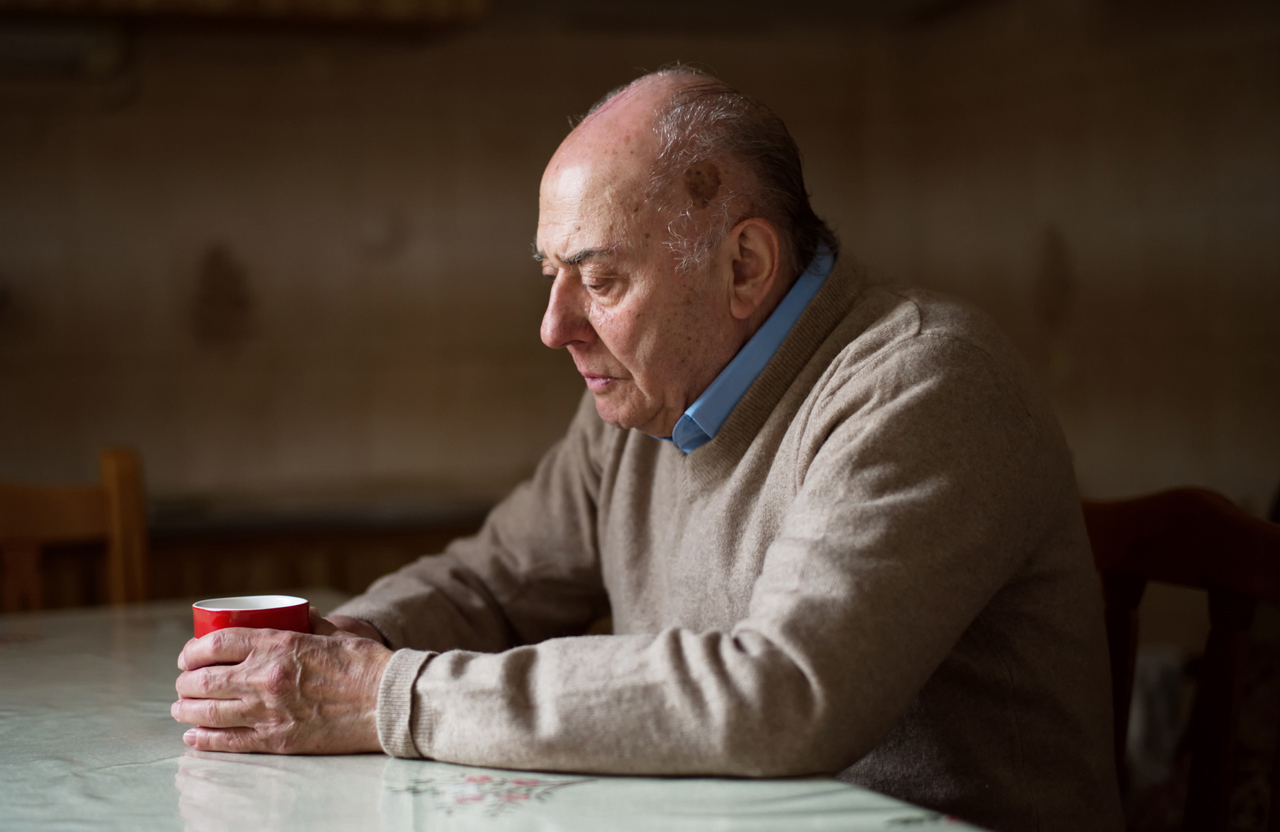Loren Bonner

Almost one year ago, United States Surgeon General Vivek Murthy, MD, released an advisory calling attention to the public health crisis of loneliness and isolation. While this can affect all age groups, older adults are at increased risk for loneliness and social isolation because they are more likely to live alone, have chronic illness, or face other limiting factors.
CDC noted that social isolation significantly increases a person’s risk of premature death from all causes, a risk that may rival that of smoking, obesity, and physical inactivity.
While all this may have been known prior to 2020, the COVID-19 pandemic put a unique spotlight on loneliness as a health risk factor.
“Before the pandemic, this topic was usually glazed over. It felt like a social issue,” said Ashwin Kotwal, MD, assistant professor in the division of geriatrics at the University of California, San Francisco. “But after the pandemic, I no longer had to make the case for my research.”
Kotwal led a research study that found a link between loneliness in older adults and higher pain medication use, including use of opioids and NSAIDs. Older adults had twice the frequency of using antidepressants, sleep medications, and benzodiazepines.
“Loneliness was a common predicator for all these medications that fall along different pathways,” said Kotwal. “We consider these things in isolation—sleep, depression, even polypharmacy. We think about these things separately, and loneliness may be a factor tying these together,” said Kotwal, whose 2021 research paper was published in JAMA Internal Medicine.
Common psychosocial stressor
“I don’t want to overmedicalize loneliness, but it’s not a good state to be in,” said Kotwal. “Loneliness in general causes wear and tear on our bodies.”
According to a 2020 report from the National Academies of Sciences, Engineering, and Medicine, social isolation was associated with about a 50% increased risk of dementia. The report also found that poor social relationships, characterized by social isolation or loneliness, were associated with a 29% increased risk of heart disease and a 32% increased risk of stroke. Loneliness among heart failure patients was associated with a nearly fourfold increased risk of death, 68% increased risk of hospitalization, and 57% increased risk of emergency department visits, according to the report. Loneliness has also been associated with higher rates of depression, anxiety, and suicide.
In a 2022 study published in the Journal of the American Geriatrics Society, researchers from the University of Michigan investigated whether loneliness predicted the development of pain, fatigue, depression, and this symptom cluster over time. “Pain, fatigue, and depression frequently co-occur as a symptom cluster. While commonly occurring in those with cancer and autoimmune disease, the cluster is also found in the absence of systemic illness or inflammation. Loneliness is a common psychosocial stressor associated with the cluster cross-sectionally,” the study authors wrote.
Using data from the Health and Retirement Study—a large, nonclinical sample of older American adults—the research team found that loneliness strongly predicts the development of pain, fatigue, and depression as well as the cluster of all three symptoms several years later.
“It is possible that interventions which address loneliness in older adults may prevent or mitigate the cluster of pain, fatigue, and depression,” wrote study authors.
Normalize talking about loneliness
“When I talk to clinicians about [our study] findings, it resonates,” Kotwal said. “We see a lot of lonely people in the clinic.”
Kotwal has noticed that when he asks about a patient being lonely, they appreciate it.
While Kotwal agrees that clinical interventions that address loneliness in older adults could prevent or mitigate symptoms of pain, fatigue, or depression, it’s “a hard ask” for busy clinicians to do in practice.
There is also a stigma associated with loneliness, making it hard to talk about. “It’s easier to talk about your sleep habits than being lonely,” Kotwal said.
“But we—any clinician, even pharmacists—can try to be a good first step to talk about this. We can try to normalize this, and I am hopeful we can start to incorporate social interventions into our clinical care,” he said. ■